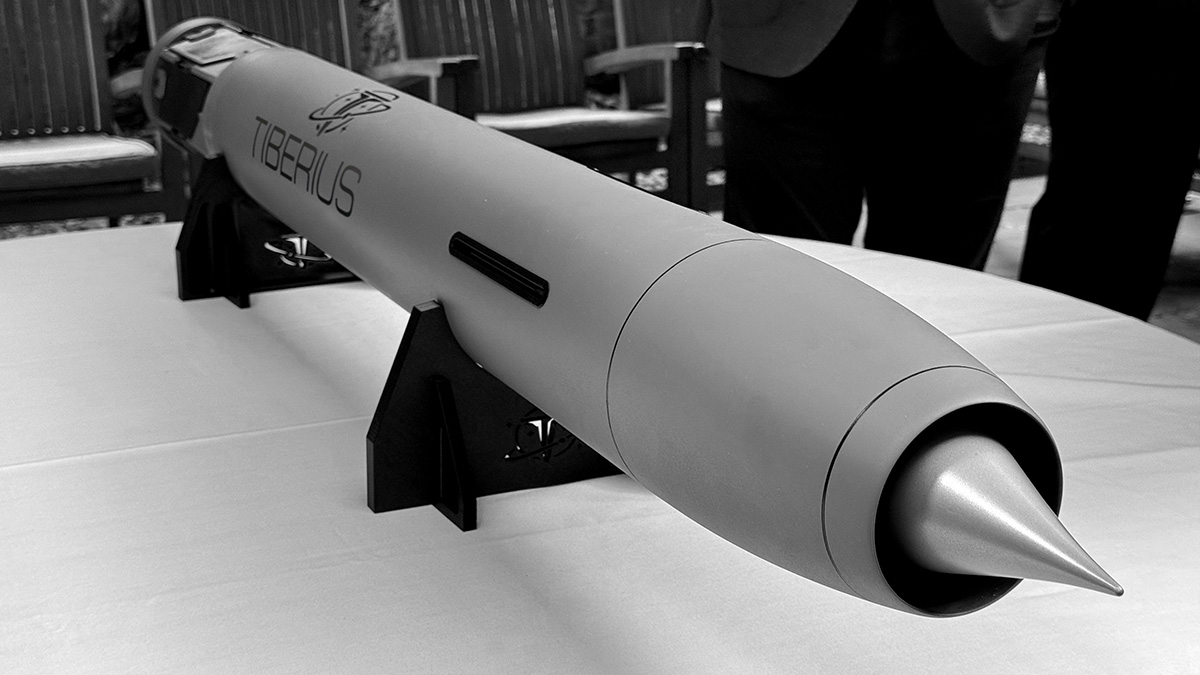The amount of pressure to cause significant damage to the body is a lot different than the head.
The shockwave from the muzzle blast on large caliber systems (I’m not including the massive naval guns from BB’s of old in that) isn’t going to jelly the body and the exposure time isn’t going to spike anything to have blood pressure issues to the head from the rest of the body.
I’m not a neuroscientist, but generally if you can isolate the head, your are pretty well protected from most over pressure issues from weapon system muzzle blast.
Now blast waves from various explosions from payloads or devices are a totally different thing, as AFV crews hit by IED’s have shown.
Even if you didn’t suffer any noticeable damage at the time (and drove back to the FOB and hadn’t realized that your vehicle got hit) damage can have occurred, and multiple concussions unless allowed to heal have a habit of exponentially increase issues of significant TBI.
So imagine multiple rounds being fired by a 120mm mortar crew, then do that for a few days straight, and it’s a recipe for disaster, as unlike a SPA, or Tank, there isn’t an intervening vehicle between you and the blast.

ukdefencejournal.org.uk









